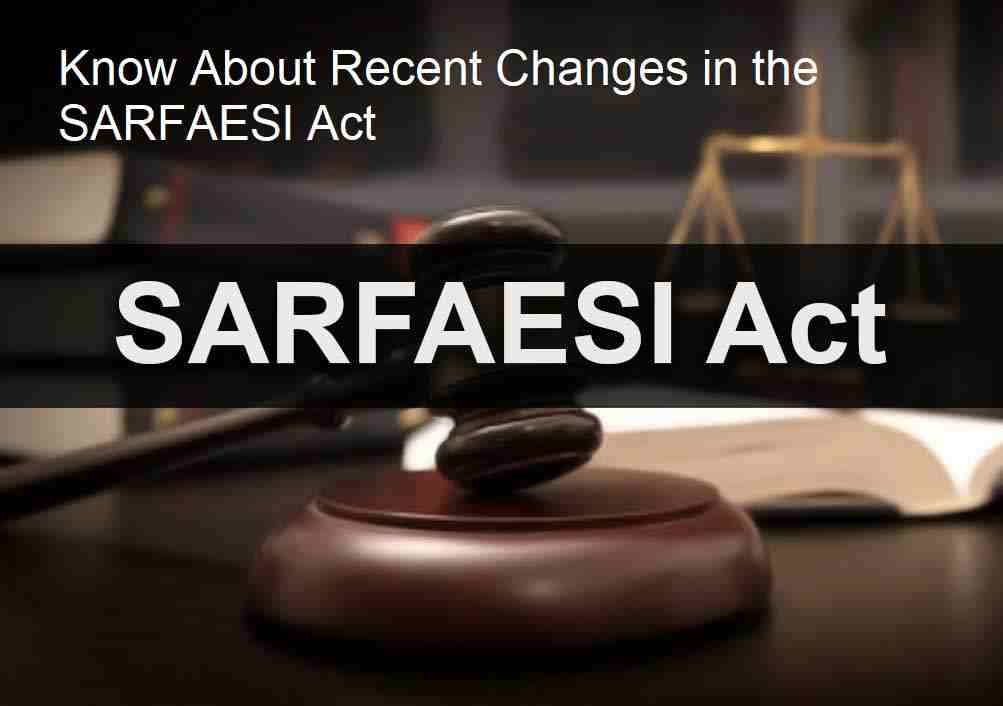-
NPA (Non-Performing Asset): An asset, typically a loan or debt instrument, that is not producing income for the lender or creditor. It is generally considered a bad loan and a risk to the lender.
-
DRT (Debt Recovery Tribunal): A legal forum in India established to resolve disputes related to the recovery of debts and enforce the Securitization and Reconstruction of Financial Assets and Enforcement of Security Interest (SARFAESI) Act.
-
Foreclosed: A property that a lender has taken back after the borrower has failed to make the required payments on a mortgage loan.
-
SARFAESI (Securitization and Reconstruction of Financial Assets and Enforcement of Security Interest) Act: An Indian law that provides a framework for the securitization and reconstruction of financial assets and enforcement of security interests. The act gives banks and other financial institutions the power to auction properties of defaulting borrowers to recover their dues.
-
Distressed asset: An asset, such as a loan or property, that is in financial trouble and is not generating income for the lender or owner. These assets are often sold at a discount to investors who are willing to take on the risk of turning them around.
Key differences between DRT and SARFAESI Act:
| Feature |
Debt Recovery Tribunal (DRT) |
SARFAESI Act |
| Purpose |
Adjudication of disputes related to debt recovery. |
Empowers banks and financial institutions to enforce security interests without court intervention. |
| Applicability |
Applicable to all financial institutions and banks. |
Applicable to banks and financial institutions, including non-banking financial companies (NBFCs). |
| Jurisdiction |
DRTs have jurisdiction over matters exceeding Rs. 20 lakhs. |
Applies to secured creditors with a minimum outstanding amount of Rs. 1 lakh. |
| Nature of Proceedings |
Adjudicatory proceedings similar to a civil court. |
Empowers banks to take possession of assets and sell them without court intervention. |
| Legal Authority |
Established under the Recovery of Debts Due to Banks and Financial Institutions Act, 1993. |
Enacted as the Securitization and Reconstruction of Financial Assets and Enforcement of Security Interest Act, 2002. |
| Debt Recovery Process |
Involves filing a case before DRT for the recovery of debts. |
Enables the secured creditor to take possession of the secured assets and sell them without court intervention. |
| Timeframe |
Generally, the process in DRTs can be time-consuming. |
SARFAESI allows for a quicker and more streamlined process for the recovery of dues. |
| Borrower's Rights |
Borrowers have the opportunity to present their case and defend themselves. |
Borrowers have the right to appeal against the actions taken by the secured creditor under SARFAESI. |
| Limitations |
DRTs may face delays in disposal of cases due to the legal process. |
SARFAESI allows for a more direct and swift action by the secured creditors in recovering the dues. |
